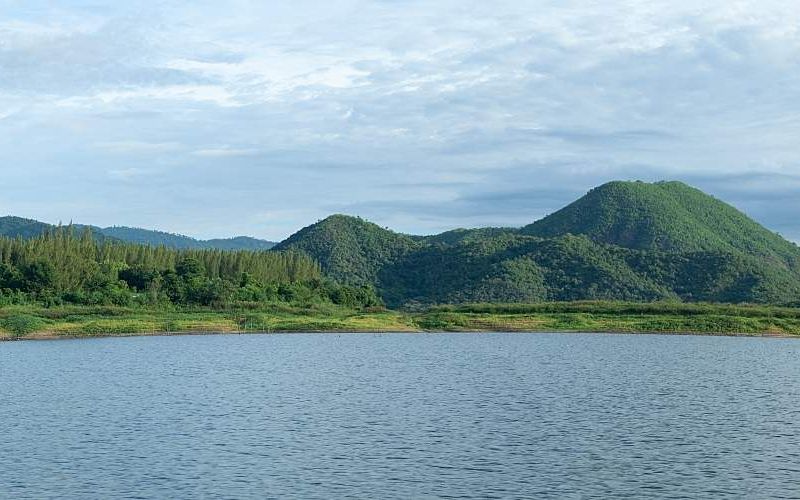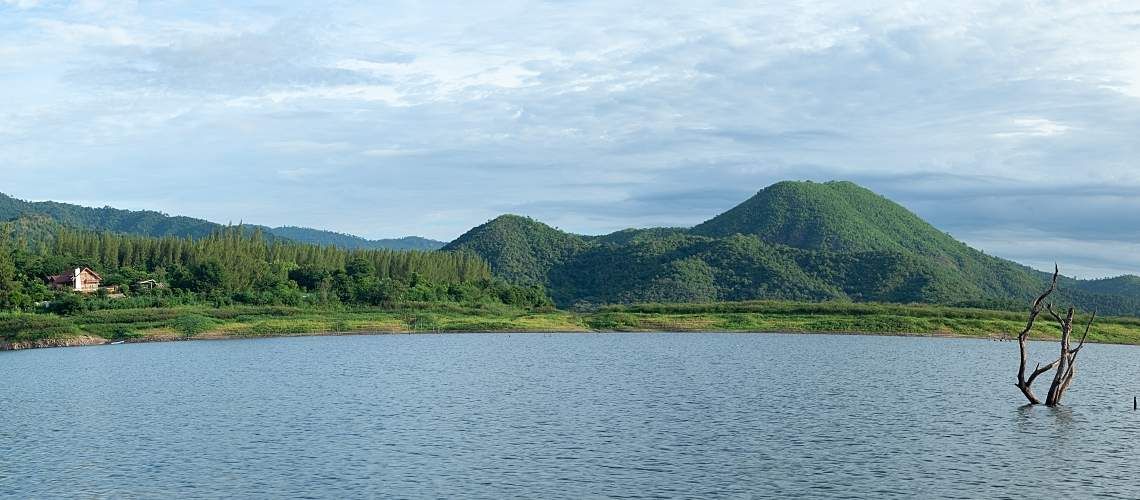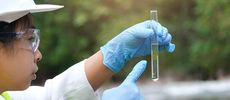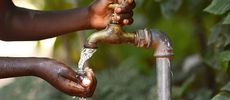Water Quality Sampling Robots Provide Insight Into Seasonal Variation


Water shortages due to climate change affect not only humans but all life in an ecosystem. That impact makes managing water quality and quantity in reservoirs increasingly critical. The United Nations Environment Programme (UNEP) has warned that around 2.5 billion people around the globe could face water scarcity by 2025.
Preparing for this rapidly approaching future requires effective strategies for water management. But for actionable insight, measurements of water depths and nitrate levels must be consistent over space and time. New research in uncrewed robotics shows the inaccuracies that can arise from point measurements in reservoirs, especially given the changing relationship between water depth and quality.
A recent article in the journal Water Resources Research reported on uncrewed robotic vehicles that measured water depth and nitrate concentration simultaneously in a reservoir in South Korea. The research team found that the nitrate amount varied up to 17% depending on the season.
Here's a look at the issue of nitrates and water quantity, the results of the uncrewed robotic measurements, and the insights for water quality test labs.
The Water Quality Impacts of Nitrates and Water Quantity
Nitrates originate mainly from soil and air nutrients that enter water bodies through various pathways, especially agriculture. In particular, excessive fertilizer washes off into water sources and creates unhealthy conditions for the people, plants, and animals the additives reach.
Excessive nitrate encourages algae to grow, which decreases the dissolved oxygen in water that fish and other species need to live. In freshwater, toxic blue-green algae, also known as cyanobacteria can start to grow in areas with decreased dissolved oxygen, killing aquatic organisms, disturbing food webs, and causing skin irritation, nausea, and headaches in recreational water users.
Water usage and precipitation determine reservoir depth and water quantity, which also impacts water quality. In addition, rising water temperatures due to climate change also reduce the amount of dissolved oxygen in water, decreasing quality.

Uncrewed Robotics Reveal Need to Modify Water Quality Testing
During a yearlong study, the research team deployed an uncrewed boat equipped with electrochemical sensors and acoustic Doppler current profile sensors to gauge nitrate concentration and water depth. The uncrewed boat conducted 30 surveys at a resolution of 10 meters. The vehicle repeated an identical path through the reservoir each time to ensure comparable measurements.
The 30 measurements showed seasonal variations, with nitrate levels ranging from 1 ton to 4 tons. Following intense rainfall, the observed nitrate amount was up to 17% lower than previous readings due to the rapid increase in water in the reservoir. The results indicated that estimating nitrate loads from depth measurements at a single point and time in a reservoir can cause substantial errors. Considering timing and weather conditions in water quality assessments and resource management is therefore critical.
Water Test Labs May Need to Reevaluate Protocols
Traditional water depth measurements, typically taken at a single point, introduce uncertainty in estimating total reservoir water volume and nitrate concentration. The research study's findings showed the need for a more advanced understanding of how weather conditions and seasonal variations affect water quality at a particular location.
Water test labs need to be aware that sampling at a single point only once or twice a year may not be sufficient to inform a water management strategy. With that insight, they can develop a more efficient and effective monitoring and management system to use water resources sustainably in their community.
Aligning technological advancements with water management strategies can help mitigate the impact of water scarcity on human and ecological communities, and contribute to a more resilient future both locally and across the planet.




